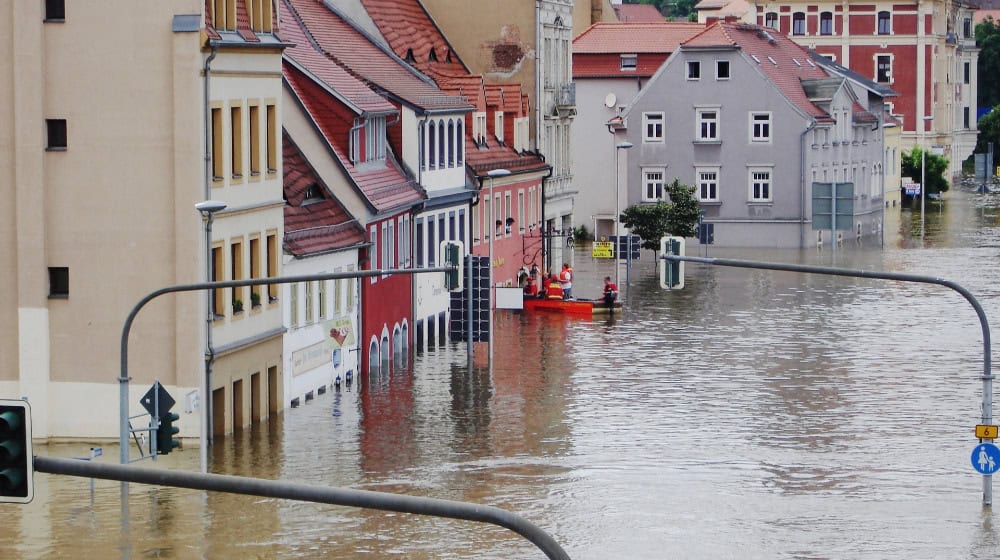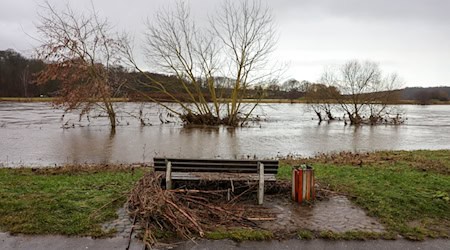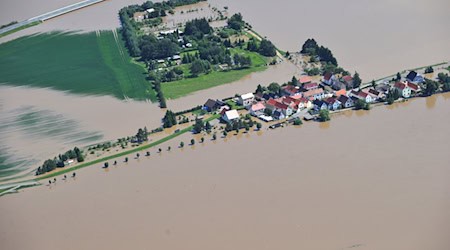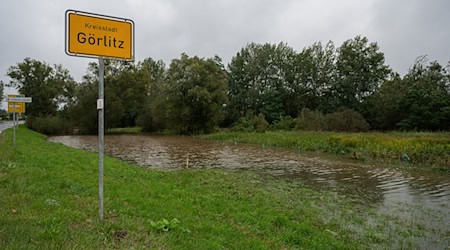Extreme weather events have increased in recent years and flooding is no longer a rarity. One question that comes up time and again is: how do electric cars perform in comparison to traditional combustion vehicles in the event of flooding? Are they actually better equipped for driving through shallow water?
The watertightness of electric cars
Modern electric cars (BEV - Battery Electric Vehicles) are technically sophisticated and have comprehensive sealing of their electrical systems. The battery housings, which are often mounted on the vehicle floor, are designed to protect against water ingress. The electrical components and connections are also well insulated to prevent short circuits. In shallow water that reaches a depth of 10 to 20 centimetres, electric cars should therefore have no immediate problems.
Combustion vehicles and their vulnerability
Combustion vehicles, on the other hand, are equipped with air intake and exhaust systems that are potentially more susceptible to water ingress. Water being sucked into the engine can cause considerable damage. While combustion vehicles also have certain protective measures against water, they are generally less robust against water than electric cars. Another critical point is the position of the intake opening. If this is low, there is a higher risk of water being sucked in.
Long-term consequences and corrosion
Regardless of the vehicle type, there is a risk of long-term damage from corrosion in both cases. Water that penetrates vehicle parts can cause rust and shorten the life of the vehicle. However, electric vehicles have the advantage that their battery housings are often made of corrosion-resistant materials.
Safety and malfunctions
Modern electric cars have safety mechanisms that interrupt the flow of electricity when water is detected to prevent short circuits. This provides additional protection when driving through shallow water. In combustion vehicles, spark plugs, distributors and other electrical components can cause immediate malfunctions if water enters.
Caution is better than hindsight
Despite the technical superiority of electric cars in sealing against water, driving through water should be avoided whenever possible. Shallow water can also pose considerable risks, such as reduced visibility and the possibility of deeper water suddenly opening up in front of you.
Conclusion
In shallow water of 10 to 20 centimetres deep, modern electric cars are actually better equipped than combustion vehicles. Their robust sealing systems and lower susceptibility to immediate damage make them a safer choice in these conditions. Nevertheless, the best advice remains to avoid flooded areas whenever possible to prevent unnecessary risks and potential damage to the vehicle.
This article shows that technical advances in electric cars are not only environmentally friendly, but also relevant to safety. Nevertheless, every driver - regardless of vehicle type - should always exercise caution and not underestimate the dangers of flooding.










